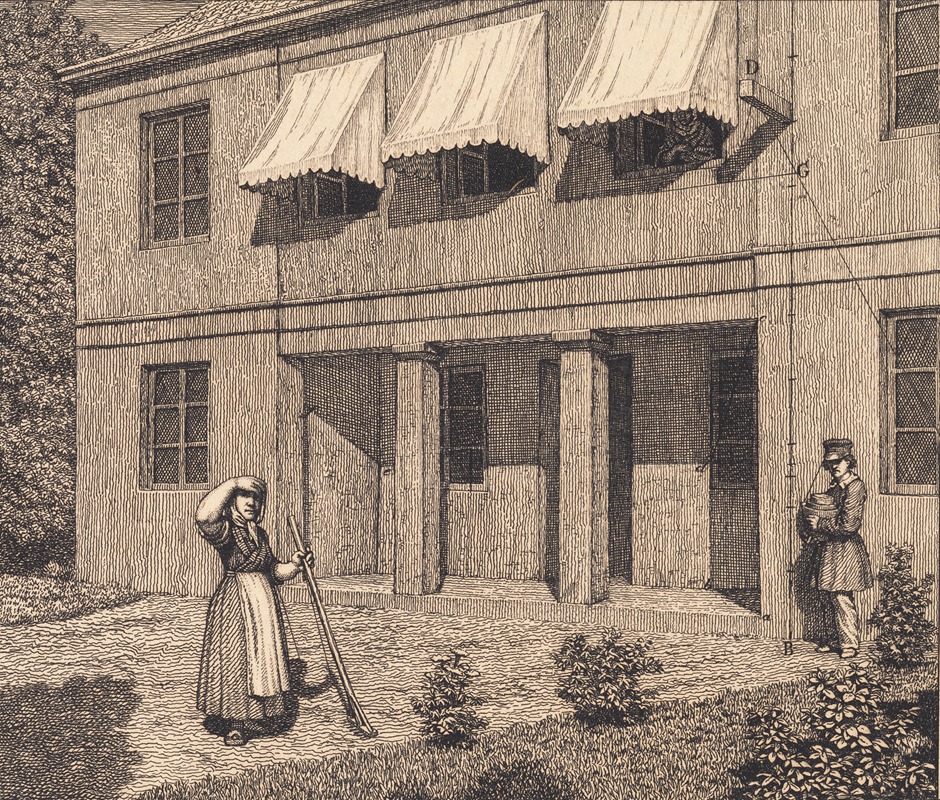
Udenfor en villa Illustration til Linearperspectiven , Tavle V
A hand-painted replica of Christoffer Wilhelm Eckersberg’s masterpiece Udenfor en villa Illustration til Linearperspectiven , Tavle V, meticulously crafted by professional artists to capture the true essence of the original. Each piece is created with museum-quality canvas and rare mineral pigments, carefully painted by experienced artists with delicate brushstrokes and rich, layered colors to perfectly recreate the texture of the original artwork. Unlike machine-printed reproductions, this hand-painted version brings the painting to life, infused with the artist’s emotions and skill in every stroke. Whether for personal collection or home decoration, it instantly elevates the artistic atmosphere of any space.
Christoffer Wilhelm Eckersberg, often referred to as the "father of Danish painting," was a prominent Danish artist and professor at the Royal Danish Academy of Fine Arts. His works are celebrated for their precision, clarity, and adherence to the principles of linear perspective, which he both practiced and taught. One of his notable works, Udenfor en villa. Illustration til Linearperspectiven, Tavle V (translated as Outside a Villa. Illustration for Linear Perspective, Plate V), exemplifies his dedication to the study and application of perspective in art.
This painting was created as part of Eckersberg's efforts to illustrate the principles of linear perspective, a fundamental concept in Western art that allows artists to depict three-dimensional space on a two-dimensional surface. The work was included in a series of instructional illustrations designed to accompany his teachings on perspective. These illustrations were intended to serve as visual aids for students and artists, demonstrating how mathematical precision could be used to create realistic spatial depth in a composition.
The scene depicted in Udenfor en villa features a villa, likely inspired by classical architecture, situated in a serene outdoor setting. The composition is meticulously constructed, with clear vanishing points and orthogonal lines that guide the viewer's eye into the depth of the image. The architectural elements, such as the villa's façade and surrounding structures, are rendered with geometric accuracy, reflecting Eckersberg's mastery of perspective techniques. The painting also incorporates natural elements, such as trees and pathways, which further enhance the sense of depth and realism.
Eckersberg's approach to art was heavily influenced by his studies in Paris and Rome, where he was exposed to the works of great masters and the classical traditions of the Renaissance. His time in Italy, in particular, deepened his understanding of perspective and the interplay of light and shadow, which became central to his artistic practice. Upon returning to Denmark, he applied these principles not only in his own works but also in his teaching, shaping a generation of Danish artists.
While Udenfor en villa may not be as widely recognized as some of Eckersberg's other works, such as his portraits or maritime scenes, it holds significant value as an educational tool and a testament to his commitment to the scientific and artistic principles of perspective. The painting is a reflection of Eckersberg's belief in the importance of technical skill and his role in advancing the academic study of art in Denmark.





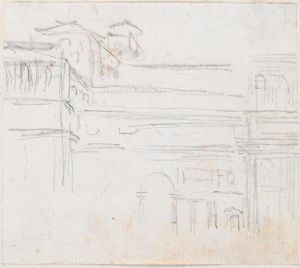
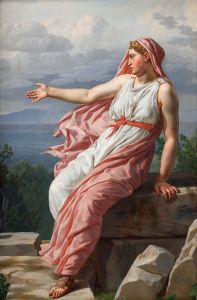
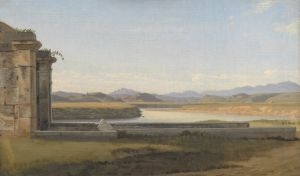
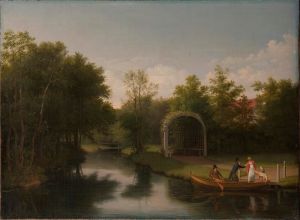
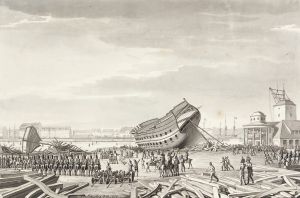
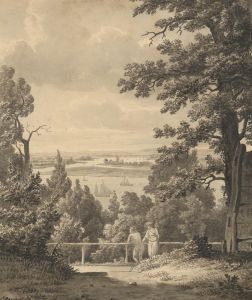
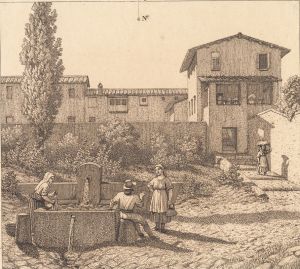
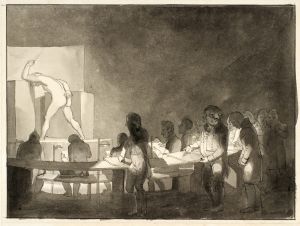
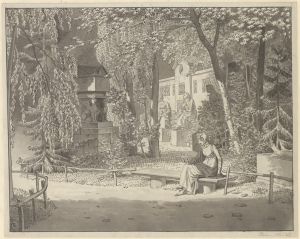
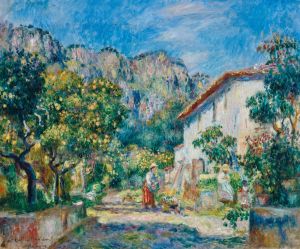
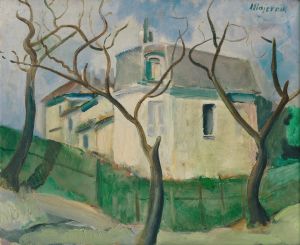
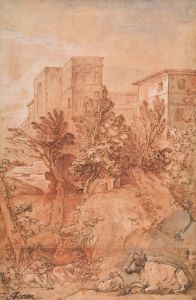
![Interior perspective drawings of Hotel Siwanoy, Mount Vernon, NY.] [Interior perspective study of Grill in yellow, blue, and green]](/imgs/249370/s/winold-reiss-interior-perspective-drawings-of-hotel-siwanoy-mount-vernon-ny-interior-perspective-study-of-grill-in-yellow-blue-and-green-bea2a60e.jpg)
![Interior perspective studies for Restaurant Crillon, 15 East 48th Street, New York, NY.] [Interior perspective study](/imgs/249374/s/winold-reiss-interior-perspective-studies-for-restaurant-crillon-15-east-48th-street-new-york-ny-interior-perspective-study-57caabec.jpg)